Author: Paul Mroczka
Paul Mroczka has served Theatre By the Sea as associate director and playwright-in-residence. He has directed for companies including North Country Center for the Arts, Pontine Movement Theatre, The Theatre of Newburyport and the Palace Theatre. A former National Endowment for the Arts fellow in playwriting, he has also garnered a Shubert Fellowship, the Jason Miller Award and has received grants from the New Hampshire Council for the Humanities. His plays have been performed at New York’s La MaMa La Galleria, Nat Horne Theatre, and Manhattan Punchline Theatre, among others. His interactive planetarium show, Pathfinders, is running at the Christa McAuliffe Planetarium in Concord, NH. Recent directorial assignments include Good People, Steel Magnolias, and The Complete World of Sports (Abridged) at The Barnstormers Playhouse in New Hampshire, and Rumors, Orpheus in the Underworld, and The Glass Menagerie at Plymouth State University. This summer Paul finished an initial draft of his new play, Smart Money and is working on numerous other projects.




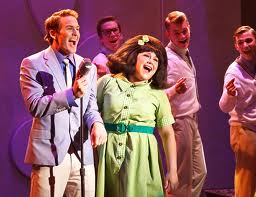
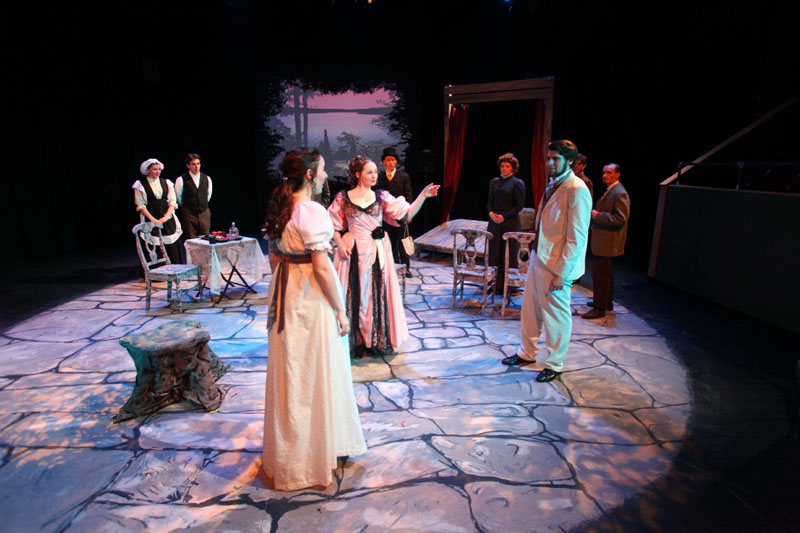

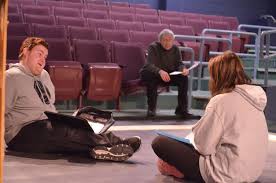
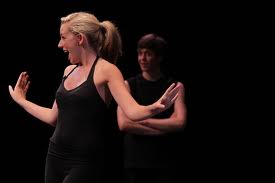
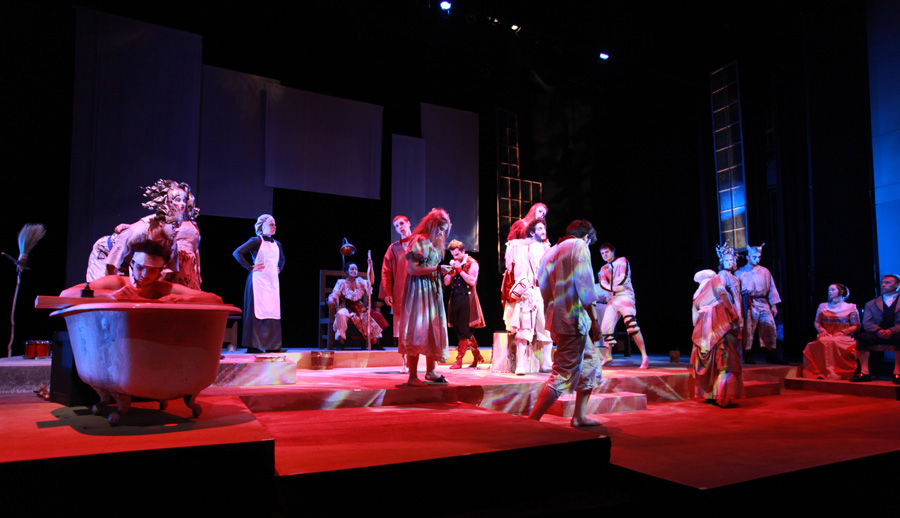
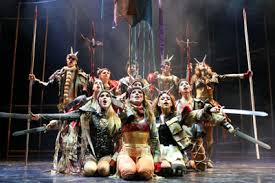
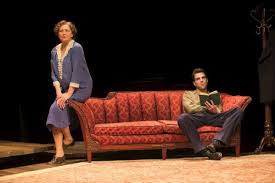

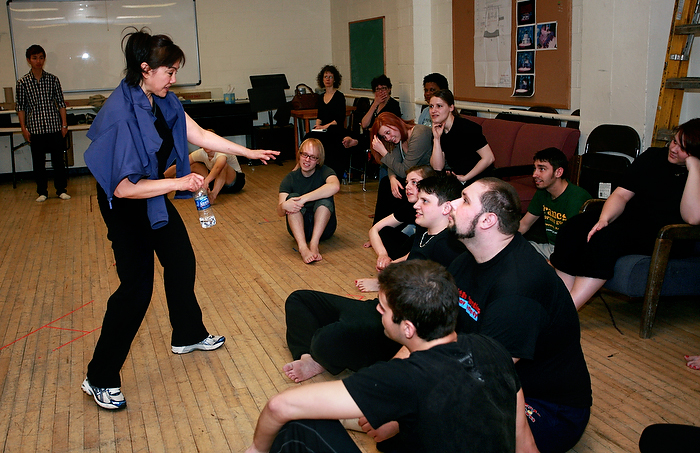
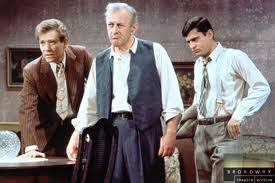




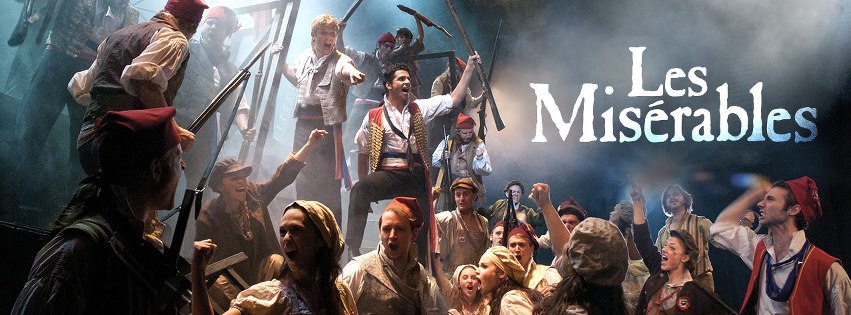

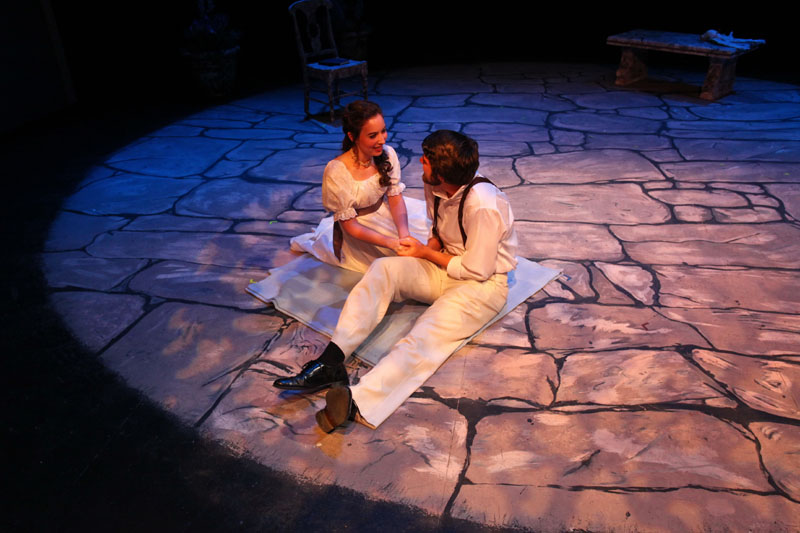

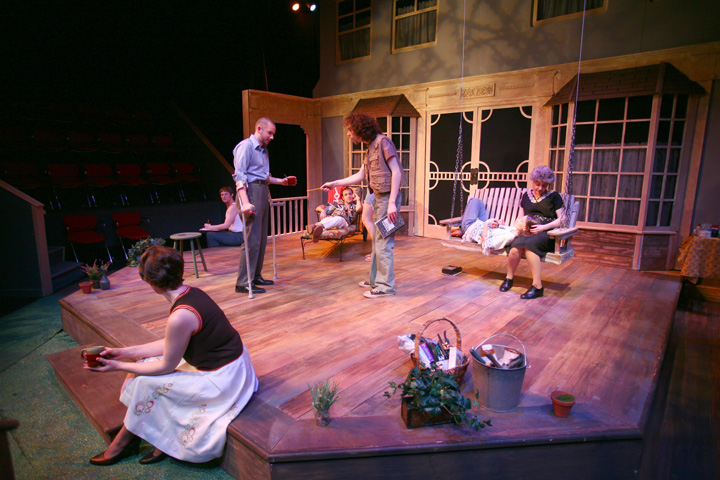
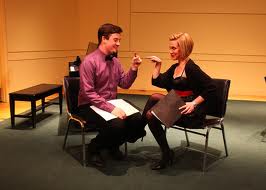
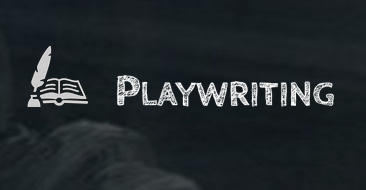




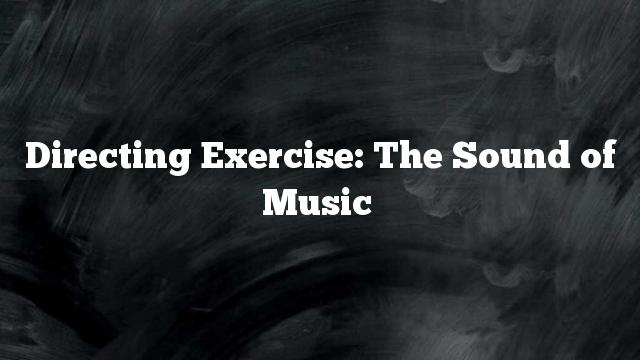




 Random Item
Random Item